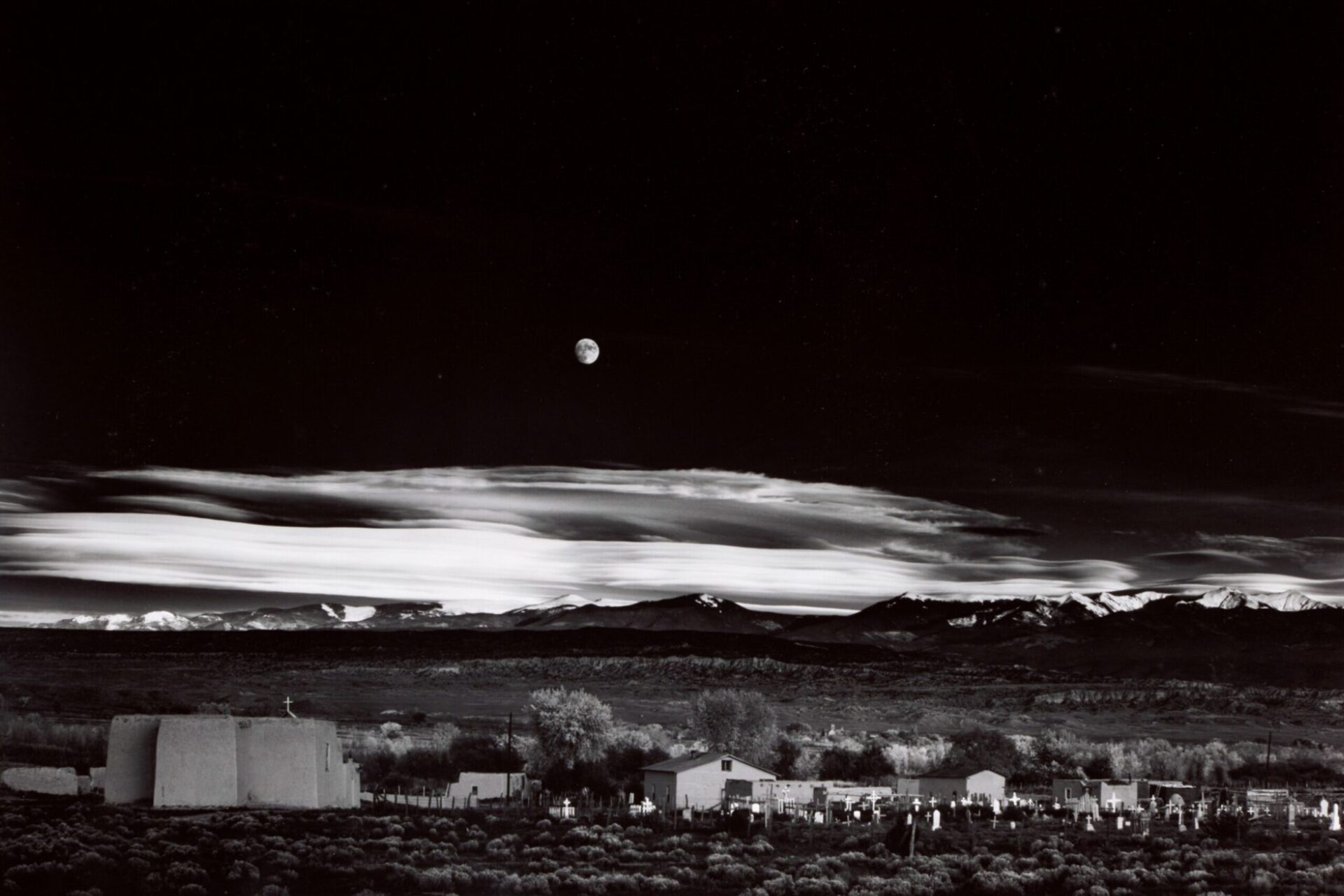INSIGHTS / CREATIVE & DESIGN
The Art of Perception: Learning the Elements of Visual Storytelling
DAN RATNER on 13/05/2024 | Photography by Dan Ratner
“As the sun’s final rays pierce through the storm clouds, Sydney’s Centennial Park transforms into a theatre of natural spectacle. Bats, silhouetted against the dusky evening sky, dart among ancient Moreton Bay fig trees, creating a dramatic interplay of light, context, and subject.”


This scene is not only a breathtaking example of nature’s spontaneity but also a vivid illustration of how these three fundamental elements work in concert to elevate a mere moment into a compelling visual narrative.
This article delves into the intricate relationship between light, context, and subject, exploring how their synergistic interplay can transform ordinary snapshots into profound stories.
By breaking down and defining each element, we can better understand what each contributes to an image, highlighting their application not only in natural settings but also in commercial and artistic photography.

1. Light: The Binary Dance of Shadows and Highlights
Definition and Importance of Light
Light, the primary shaper of images, dictates mood, texture, and the visual narrative through its play with shadows and highlights. It is fundamental in defining the aesthetic and emotional tone of a photograph.
Ansel Adams’ Moonrise, Hernandez, New Mexico perfectly exemplifies the dramatic use of light. Captured during a fleeting moment when the setting sun bathed the landscape in a fading glow against a rising moon, this image uses light not just to illuminate but to evoke. The ethereal moonlight highlights crosses in a cemetery, juxtaposing them against the encroaching darkness of the landscape, creating a scene that is both serene and sombre.
Exploring Light:
- Dynamic Range and Emotional Impact
Adams’ manipulation of light enhances the emotional depth of the photograph. The careful balance between light and shadow transforms the mundane into the sublime, inviting the viewer to ponder deeper existential themes. - Techniques of Light Manipulation
Through dodging and burning, Adams accentuated this interplay, directing focus and adding drama, demonstrating how light can be sculpted to guide the viewer’s emotional journey. - Contrast as a Narrative Tool: The stark contrast between the bright moon and the dark landscape in Adams’ photograph serves as a powerful narrative device, emphasizing the perpetual dance between life and death.


2. Context: The Rich Tapestry of Colour and Texture
Definition and Importance of Context
Context provides the backdrop against which subjects are set, embedding them in a specific time, place, or cultural texture. It enriches the photograph, adding layers of meaning and enhancing the narrative conveyed through light and the subject.
Steve McCurry’s iconic Afghan Girl illustrates how context can deepen the impact of a portrait. The textured, war-torn backdrop of the refugee camp and the vivid colours of the girl’s clothing amplify the haunting depth of her gaze, telling a story of resilience amidst adversity.
Understanding Context:
- Colour as an Emotional Cue
The vibrant colours of the girl’s attire contrast sharply with the bleak background, drawing the viewer’s eye directly to her face, emphasizing her expression. - Texture for Tactile Depth
The photograph’s rich textures evoke a sense of the environment’s harsh reality, enhancing the emotional gravity of the girl’s situation. - Cultural and Environmental Significance
The context not only informs the viewer about the geopolitical and social strife but also personalizes it, making the global issue more accessible and poignant.


3. Subject: The Central Figure
Definition and Importance of Subject
The subject is the focal point of a photograph, anchoring the viewer’s attention and often serving as the key storyteller within the frame. It interacts with light and sits within a context to convey the intended narrative or emotion.
Henri Cartier-Bresson’s Behind the Gare Saint-Lazare captures a fleeting moment that becomes iconic, not merely because of the action itself but because of how the subject interacts with both the light and the puddled landscape. The man leaping across the water encapsulates a moment of tension and release, a snapshot of life in motion that is both transient and timeless.
Focusing on the Subject:
- Capturing the Decisive Moment
The anticipation of the man’s foot splashing into the water holds the viewer in suspense, a testament to Cartier-Bresson’s mastery of timing. - Interaction of Subject with Light and Context
The reflection in the water adds a dimension of symmetry and depth, while the misty backdrop of the train station lends a sense of place and time. - Emotional and Visual Impact
The subject’s dynamic movement against a static background highlights the contrast between motion and stillness, emphasizing the fleeting nature of the captured moment.


Conclusion
Understanding the interplay between light, context, and subject is not merely about capturing what we see; it’s about inviting the viewer to feel, think, and connect with the imagery.
This triadic relationship is essential for any photographer aiming to transcend the ordinary, transforming snapshots into lasting visual narratives.
Through the mastery of these elements, creators can elevate their craft, ensuring their images not only capture moments but also tell enduring stories.
A Call to Visual Mastery
Photography is an art of observation and interpretation. By mastering the delicate balance of light, context, and subject, photographers unlock the potential to elevate their work from mere observation to poignant storytelling, offering new perspectives and deeper insights into the world around us.


































